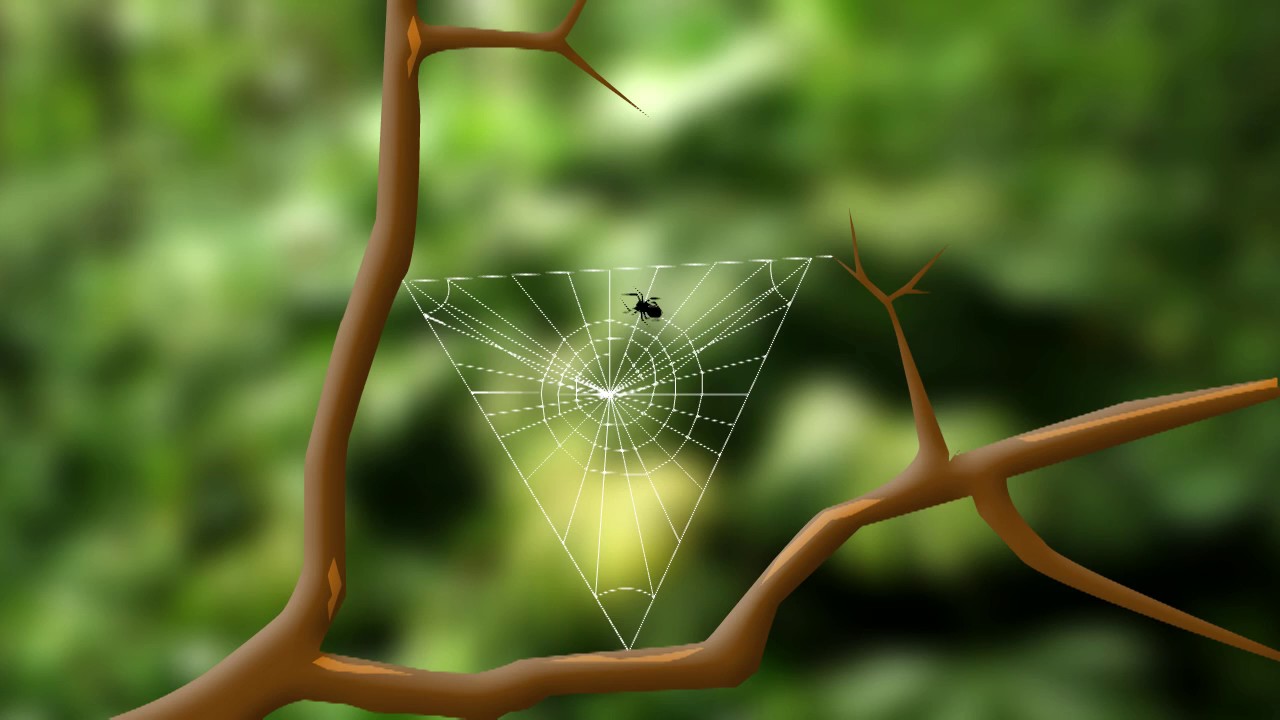
Introduction
Spider webs are a fascinating natural phenomenon that have been inspiring scientists and artists alike for centuries. The construction of spider webs is an incredibly complex process and it is still not fully understood. In this article, we will explore the techniques and structures used by spiders to construct their webs.
Spider Silk
The construction of a spider web begins with the production of silk. Spiders produce silk in specialized glands located in their abdomens. The silk is then extruded through spinnerets and forms a thin, sticky thread. Depending on the species, the silk can vary in strength, elasticity, and adhesive properties. It is the combination of these properties that make the spider silk so versatile and effective for constructing webs.
Construction Techniques
Spiders use a variety of techniques to construct their webs. Some species use a simple “radial” technique, where the spider begins by spinning a single strand of silk from the center of the web outwards. As it moves outwards, the spider will lay down a series of radiating threads, forming the basic shape of the web. Other species employ a “spiral” technique, where the spider begins by spinning a single strand of silk from the center of the web in a spiral pattern, gradually building the web outward in a circular shape.
Anchoring Threads
Once the basic structure of the web has been constructed, the spider will begin laying down a series of anchoring threads. These threads are spun from the center of the web to the edges and are used to anchor the web to its surroundings. They also provide the web with additional strength and stability.
Capture Threads
The next step in the construction process is the placement of capture threads. These threads are spun in a zig-zag pattern and are designed to entangle and immobilize prey. The capture threads are sticky and are designed to entangle and immobilize prey.
Stabilimenta
Some species of spiders also construct stabilimenta, which are areas of dense webbing that stand out from the rest of the web. Stabilimenta serve a variety of functions, such as providing additional structural stability, attracting prey, and providing protection from predators. The construction of stabilimenta is a complex process and is still not fully understood.
Conclusion
The construction of spider webs is an incredibly complex process and is still not fully understood. Spiders use a variety of techniques and structures to construct their webs, including radial and spiral techniques, anchoring threads, and capture threads. Some species also construct stabilimenta to provide additional structural stability, attract prey, and provide protection from predators.


